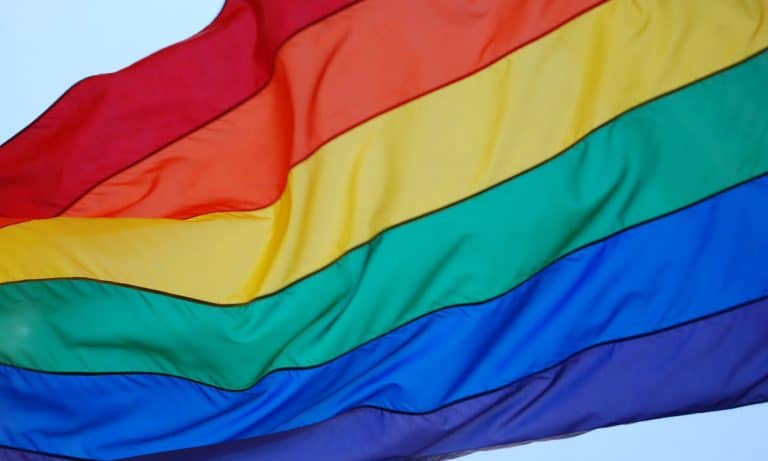The mother of a New Jersey state senator may prove to be the final straw in the state’s battle over NJ marijuana legislation.
Sen. Nicholas Scutari, a Democrat from Union, spoke passionately on Monday about his mother’s experience trying to get medical marijuana to treat her multiple sclerosis.
“Opioids you can get all day long. Doctors can prescribe opioids like it’s going out of style,” Scutari said. “I didn’t want to say this but my mother can get 120 opioids at the drop of a hat because she has multiple sclerosis, but to try to get marijuana it’s such rigamarole, she won’t do it. It’s so much easier to get this narcotic, but she can’t get the marijuana that would probably benefit her under the bill I passed seven years ago. With all the hurdles we have put up, my mother can’t get it.”
Scutari is the author of SB 3195, the much-anticipated bill legalizing recreational cannabis in New Jersey. After visiting Colorado and witnessing its marijuana program in action, Scutari and other legislators have designed a bill resembling Colorado’s. New Jersey’s SB 3195 will:
- Legalize the possession of one ounce of marijuana flower, seven ounces of concentrate, 16 ounces of edible products infused with cannabis, seven grams of cannabis concentrate, and 72 ounces of infused liquid for adults over 21 years of age.
- Eliminate sales tax on medical cannabis purchases and install a sales tax schedule on recreational purchases. The tax rate the first year is proposed to be 7 percent, 10 percent in year two, and then increase by 5 percent each year after that until reaching 25 percent.
- Expunge criminal charges related to possession of marijuana.
- Create a new division within the Office of the Attorney General that would be charged with overseeing the program.
The legalization campaign kicked off on Monday when a Senate committee met to discuss the bill. The five-hour hearing was heated at times as Scutari battled cannabis opponents.
For years, the fight to legalize in the state has been stymied by Gov. Chris Christie, a longtime opponent of marijuana use. But Christie’s term ends in only six months and this November’s election will pit Democratic candidate Phil Murphy against Republican Kim Guadagno.
Murphy will be campaigning in favor of legalization while Guadagno will run opposed to it. With the battlelines drawn, here iw what New Jersey residents need to know about SB 3195:
The Economic Case:
A recent study revealed that legalization will bring in $300 million in revenue to the state coffers. Christie has called this revenue “a rounding error” in the state’s $35 billion budget.
According to Scutari:
“We know that legalizing marijuana will result in hundreds of millions of dollars in tax revenue, the creation of thousands of jobs and a substantial increase in economic activity. It will also mean savings for law enforcement, safer streets, and importantly, a fairer way of treating our residents.”
The Social Justice Case
Marijuana laws have had a disproportionate impact on communities of color, according to the Drug Policy Alliance. African Americans are three times more likely to be arrested for marijuana possession than whites even though both use marijuana at the same rates. Anecdotal evidence suggests similar disparities for Latinos. In addition to the severe long-term consequences of a marijuana conviction, marijuana laws have been used to support biased policies like stop and frisk, racial profiling and the deportation of people of color.
For gubernatorial candidate Murphy, this is the key reason for legalization:
“The criminalization of marijuana has only served to clog our courts and cloud people’s futures, so we will legalize marijuana. And while there are financial benefits, this is overwhelmingly about doing what is right and just.”
And there is a high price to pay for law enforcement of marijuana laws. The state spends and estimated $127 million a year on possession enforcement costs, including marijuana possession arrests, which constitute the majority of drug possession arrests.
The ‘Will Of The People’ Case:
Polling in New Jersey shows that nearly 60 percent support regulating and legalizing cannabis.
New Jersey would join eight other states and Washington, D.C that have approved legalized recreational marijuana.











